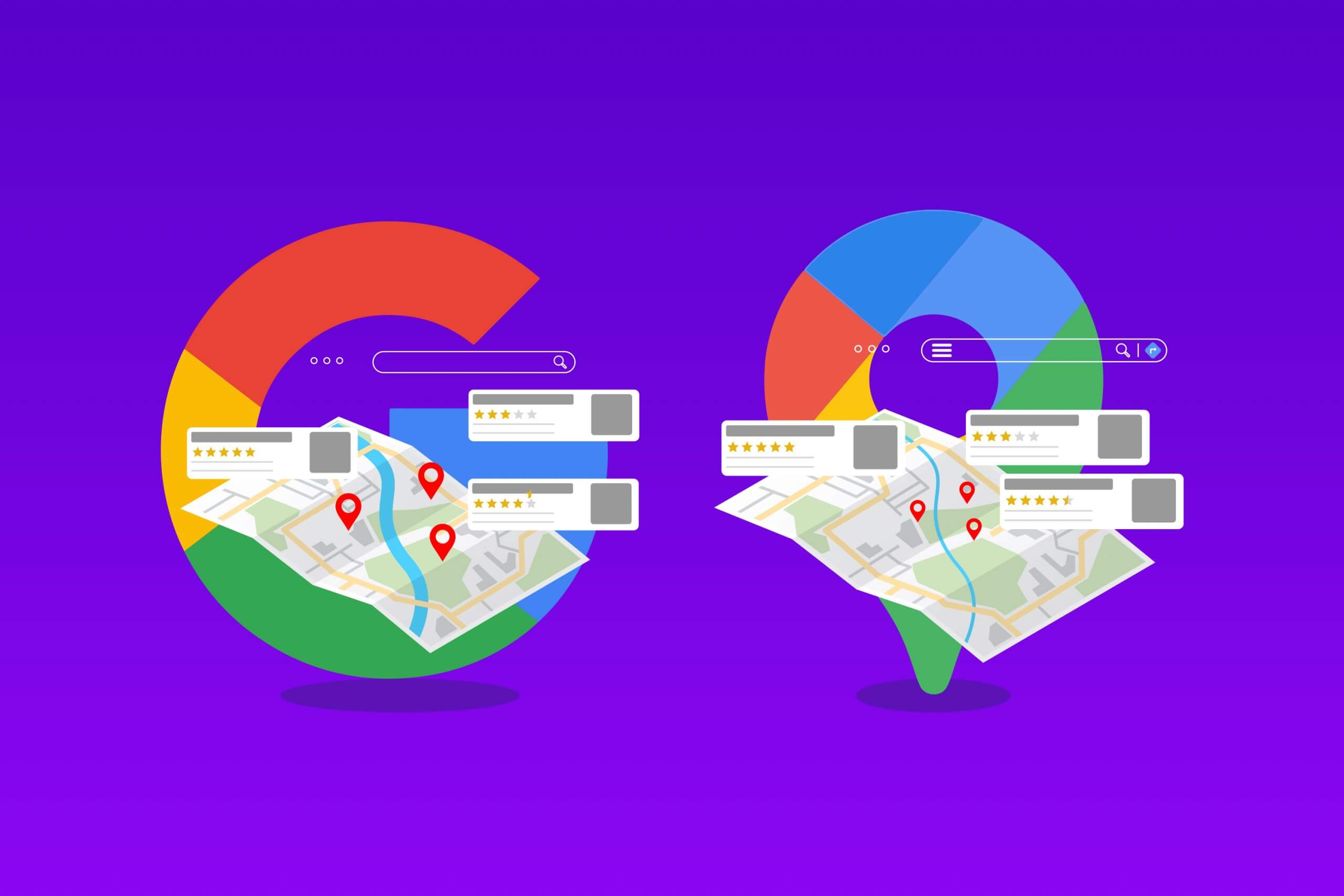You do not doubt by now heard countless times that having an online presence is crucial for a brand to propel itself to success. According to a survey done by We Are Social and Hootsuite, search engines are the most popular method to discover new brands. A total of 35% (or one-third) of the internet users surveyed agreed that search engines are their first choice for researching brands, products, and services that they intend on buying.
Other effective methods include social ads, word-of-mouth recommendations, as well as brand websites.
This means that it’s crucial to make sure your eCommerce strategy capitalises on the value that search engines can provide to your brand. And since Google is the most popular search engine, with more than 86% of the market share, it makes sense for us to delve into Google’s functions and what they have to offer small businesses.
As a revolutionary brand, Google has come up with tool after innovative tool over the years. Many of these, while extremely helpful, can be somewhat confusing, particularly for SEO beginners. So today, we’re going to look at Google Maps versus Google Local Finder and what both of them have to provide.
Google Local Finder is a subset of Google Search. It contains an extended listing of local businesses that appear when clicking on the ‘More Places’ link at the bottom of Google’s local pack.
These often include plenty of Google My Business listings. Remember when we said having an online presence is essential for a brand? Well, by signing up for a Google My Business Account, your brand’s ranking on search engines (particularly that of Google) is guaranteed to increase and gain credibility. This also allows you to appear on — you guessed it — tools such as Google Maps and Google Local Finder. And with Google being one of the most significant search engines out there, this can only serve to boost your brand.
However, what one may be concerned with is the difference between Google Maps and Google Local Finder. Is there any advantage to using Google Local Finder, or is it all just a gimmick?
A recent study conducted by Miriam Ellis confirmed that a business’s ranking on Google Local Finder often does not differ from their rankings on Google Maps even though the same search query is used. This means that, depending on which tool consumers use to search for your brand, they might see completely different results.
The area shown on the map at the automatic zoom level for each tool is different as well. In Google Local Finder, the results are often more specific and detailed, whereas Google Maps gives a broader view of the area’s businesses. Product listings tend to show up on Google Local Finder. On the contrary, Google Maps do not have product listings, but it does have attribute icons.
If that’s the case, which is the best tool for you to be using for your brand? Here are some things you can do to find out.
1. Fill in as much information as you can on Google My Business.
We mentioned that the business information that shows up on Google Local Finder and Google Maps vary depending on the platform. To counter this, the best way is to provide Google with as much information about your business as you can.
Google is constantly rearranging the content that shows up on both Google Maps and Local Finder to the point that there is no way to know for sure what aspects will appear on each. Rather than worrying about what will show up on your search results, why not feed Google with as many details as you can give? That way, internet users will be able to obtain as much information about your brand as possible.
Make sure your website is optimised for the keywords that you’re aiming for. You can also boost your ranking by earning publicity on the third-party websites that Google references as your listings.
2. Study the results for your targeted search query on both Google Maps and Local Finder
Since the results vary significantly for each platform, it is essential to know just the rankings (both yours and your competitors) that pop up for your desired search query. Generally speaking, Google Maps casts a broader net than Google Local Finder for their search results.
For brands that want to rank beyond their location, this is something to keep in mind. Of course, the further a user is from your location, the less likely you will show up in their local results. Your business is more likely to show up in a local pack ranking.
However, the wide net cast by Google Maps could mean that you could bring in potential customers from a further distance. If this is what you’re looking for for your brand, by all means, experiment with Google Maps. Keep in mind, though, that while the radius is more expensive, your ranking might be lower as you would be competing with a more extensive saturation of businesses. Consider adopting some strategic marketing plans to help boost your ranking in these cases.
3. Keep in mind the future direction of Google Maps and Local Finder.
Since local packs default to Google Local Finder, most SEO studies have been focused on this particular tool, leaving Google Maps neglected. However, while Local Finder was introduced in 2015, Google Maps has been around since 2005.
With three times more impressions than searches, Google Maps wears the crown in terms of the favourite search engine. Not to mention — Google Maps is the default app on all Android devices! Users of other mobile brands have stated their preference for Google Maps as well. Think about how much more reach you might be getting with Google Maps.
Since Local Finder is a relatively new tool, Google might have more plans to develop it further in the years to come. Simultaneously, with Google Maps’ massive success, it is not one to be forgotten. The best way to figure out which platform is more suited for your brand is to keep an eye on both and see how it develops in the next few years.
Best yet, you could work on your rankings on both platforms and get the best of both worlds! Contact MIU for more information on how you can boost your SEO ranking today.





 Branding
Branding Digital Strategy
Digital Strategy PR & Communications
PR & Communications